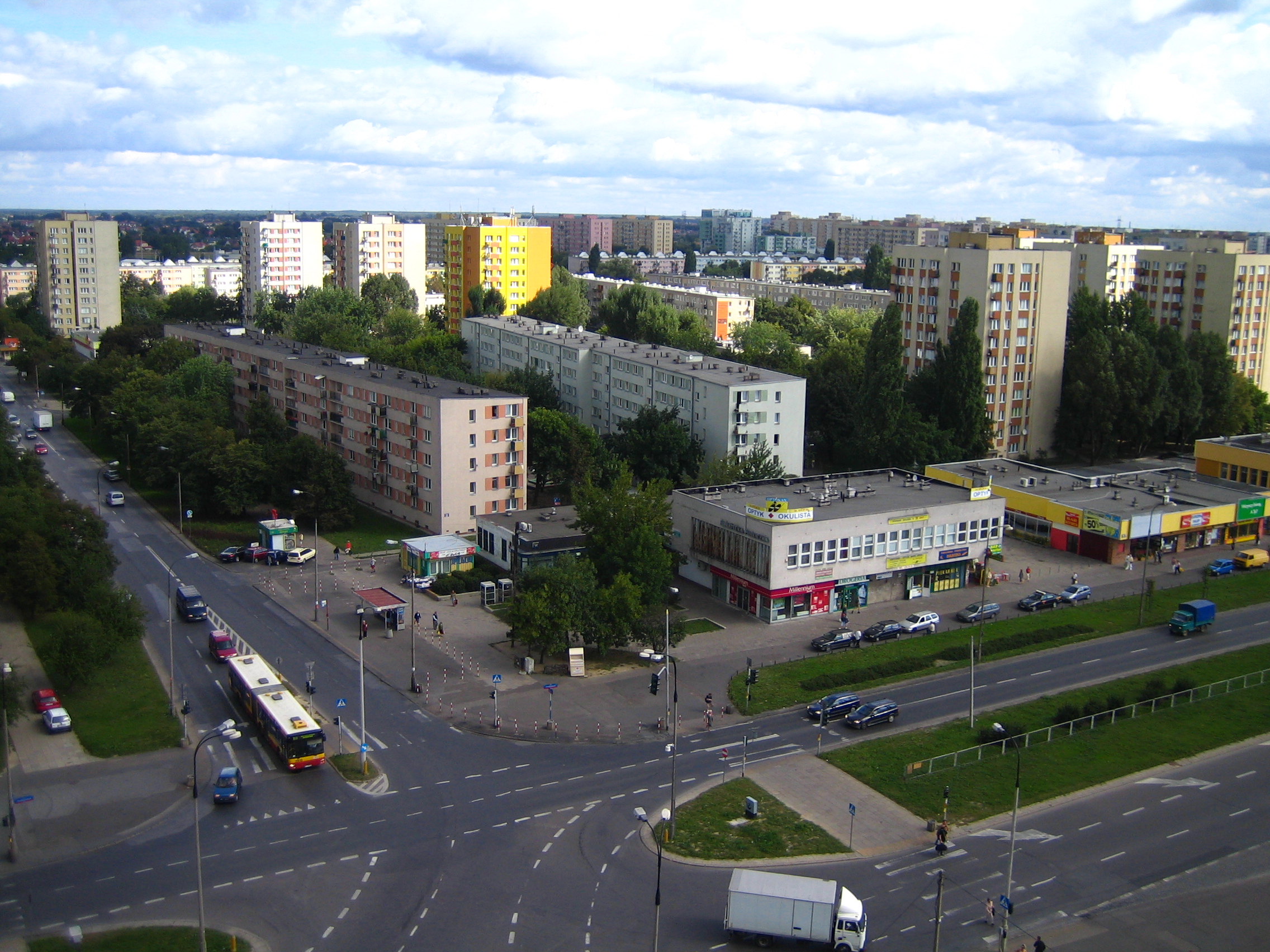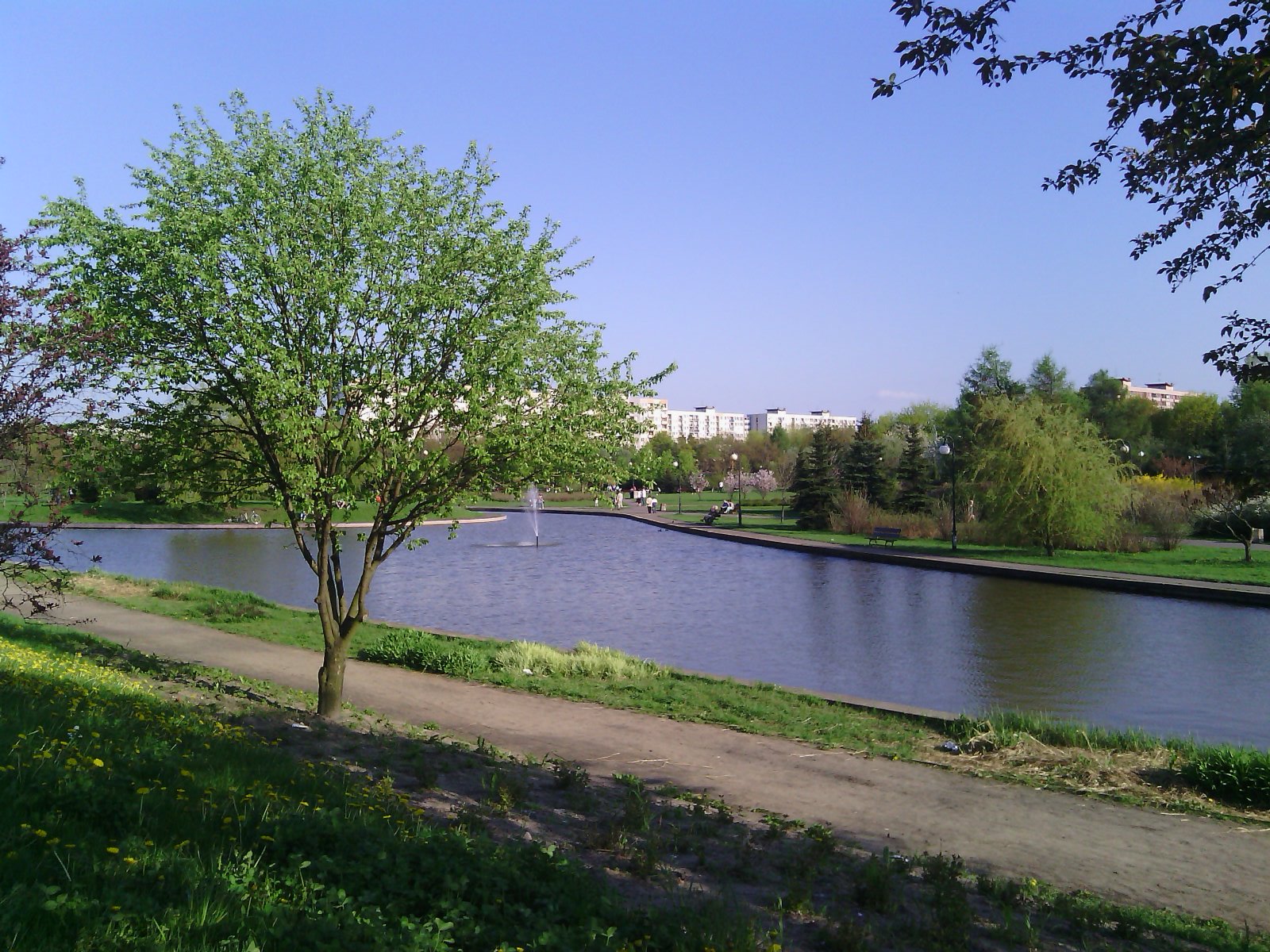|
Bródno
Bródno is a neighborhood in the Warsaw borough of Targówek, located on the eastern side of the Vistula river. It is inhabited by approximately 100,000 people. Among the most notable landmarks are Bródno Park and the Bródno cemetery, the largest cemetery A cemetery, burial ground, gravesite or graveyard is a place where the remains of dead people are buried or otherwise interred. The word ''cemetery'' (from Greek , "sleeping place") implies that the land is specifically designated as a buri ... in Warsaw and one of the largest cemeteries in Europe. Neighbourhoods of Warsaw Targówek {{Warsaw-geo-stub ... [...More Info...] [...Related Items...] OR: [Wikipedia] [Google] [Baidu] |
Bródno Cemetery
:''You may also be looking for the Bródno Jewish Cemetery.'' Bródno cemetery ( pl, Cmentarz Bródnowski) is an old cemetery in the Targówek district, in the eastern part of Warsaw, Poland. Occupying an area of , it is the largest cemetery in Warsaw. With more than 1.2 million burials, it is one of the largest cemeteries in Europe. History At the end of the 19th century Warsaw's population was growing rapidly, and the available cemeteries were unable to cope with the demand. As a result, President of Warsaw Sokrates Starynkiewicz ordered land to be bought at Bródno in 1883. On 20 November 1884 the cemetery was consecrated by Archbishop of Warsaw, Wincenty Teofil Popiel. The cemetery was opened also to the citizens of the left-bank Warsaw in January 1885. The cemetery has been completely opened on 14 June 1887. The Bródno Cemetery served as a burial place mostly for the poor strata of Warsaw society. This was in contrast with the Old Powązki Cemetery, which had a rep ... [...More Info...] [...Related Items...] OR: [Wikipedia] [Google] [Baidu] |
Bródno Park
The Bródno Park (Polish: ''Park Bródnowski'') is an urban park in Warsaw, Poland. It is located in the neighbourhood of Bródno within the district of Targówek, between Kondratowicza Street, Chodecka Street, Wyszogrodzka Street; and Łabiszyńska Street. It was opened in 1978. History The park was designed by Stefania Traczyńska, and built between 1976 and 1978. Since 1998, the park remains under constant renovation works and improvements. In 2009, in the park was opened the Bródno Sculpture Park (Polish: ''Park Rzeźby na Bródnie''), an outdoors arts exhibition designed by artist Paweł Althamer. The arts collection displayed there is managed by the Museum of Modern Art. Characteristics The park is located in the neighbourhood of Bródno, within the district of Targówek, between Kondratowicza Street, Chodecka Street, Wyszogrodzka Street; and Łabiszyńska Street. It has the total area of 25.4 ha. It forms a recreational area for local inhabitants, and includes court ... [...More Info...] [...Related Items...] OR: [Wikipedia] [Google] [Baidu] |
Targówek
Targówek () is a district in Warsaw, Poland located in the northern part of the city. It is divided into two parts: residential and industrial. About 30% of the district's area is covered by municipal parks, such as Lasek Bródnowski, Park Bródnowski and Park Wiecha in the eastern part of the district. Between 1994 and 2002 Targówek was independent municipality. Borders Targówek borders with Praga Północ from west, with Białołęka from north, with Rembertów, Ząbki and Marki from east and with Praga Południe Praga is a district of Warsaw, Poland. It is on the east bank of the river Vistula. First mentioned in 1432, until 1791 it formed a separate town with its own city charter. History The historical Praga was a small settlement located at ... from south. Neighbourhoods within the district * Targówek Mieszkaniowy * Targówek Fabryczny * Bródno * Bródno Podgrodzie * Zacisze * Elsnerów * Utrata References External links * {{War ... [...More Info...] [...Related Items...] OR: [Wikipedia] [Google] [Baidu] |
Warsaw
Warsaw ( pl, Warszawa, ), officially the Capital City of Warsaw,, abbreviation: ''m.st. Warszawa'' is the capital and largest city of Poland. The metropolis stands on the River Vistula in east-central Poland, and its population is officially estimated at 1.86 million residents within a greater metropolitan area of 3.1 million residents, which makes Warsaw the 7th most-populous city in the European Union. The city area measures and comprises 18 districts, while the metropolitan area covers . Warsaw is an Alpha global city, a major cultural, political and economic hub, and the country's seat of government. Warsaw traces its origins to a small fishing town in Masovia. The city rose to prominence in the late 16th century, when Sigismund III decided to move the Polish capital and his royal court from Kraków. Warsaw served as the de facto capital of the Polish–Lithuanian Commonwealth until 1795, and subsequently as the seat of Napoleon's Duchy of Warsaw. Th ... [...More Info...] [...Related Items...] OR: [Wikipedia] [Google] [Baidu] |
Vistula
The Vistula (; pl, Wisła, ) is the longest river in Poland and the ninth-longest river in Europe, at in length. The drainage basin, reaching into three other nations, covers , of which is in Poland. The Vistula rises at Barania Góra in the south of Poland, above sea level in the Silesian Beskids (western part of Carpathian Mountains), where it begins with the Little White Vistula (''Biała Wisełka'') and the Black Little Vistula (''Czarna Wisełka''). It flows through Poland's largest cities, including Kraków, Sandomierz, Warsaw, Płock, Włocławek, Toruń, Bydgoszcz, Świecie, Grudziądz, Tczew and Gdańsk. It empties into the Vistula Lagoon (''Zalew Wiślany'') or directly into the Gdańsk Bay of the Baltic Sea with a delta of six main branches (Leniwka, Przekop, Śmiała Wisła, Martwa Wisła, Nogat and Szkarpawa). The river is often associated with Polish culture, history and national identity. It is the country's most important waterway and natural symbol, a ... [...More Info...] [...Related Items...] OR: [Wikipedia] [Google] [Baidu] |
Cemetery
A cemetery, burial ground, gravesite or graveyard is a place where the remains of dead people are buried or otherwise interred. The word ''cemetery'' (from Greek , "sleeping place") implies that the land is specifically designated as a burial ground and originally applied to the Roman catacombs. The term ''graveyard'' is often used interchangeably with cemetery, but a graveyard primarily refers to a burial ground within a churchyard. The intact or cremated remains of people may be interred in a grave, commonly referred to as burial, or in a tomb, an "above-ground grave" (resembling a sarcophagus), a mausoleum, columbarium, niche, or other edifice. In Western cultures, funeral ceremonies are often observed in cemeteries. These ceremonies or rites of passage differ according to cultural practices and religious beliefs. Modern cemeteries often include crematoria, and some grounds previously used for both, continue as crematoria as a principal use long after the interment ... [...More Info...] [...Related Items...] OR: [Wikipedia] [Google] [Baidu] |
Neighbourhoods Of Warsaw
A neighbourhood (British English, Irish English, Australian English and Canadian English) or neighborhood (American English; see spelling differences) is a geographically localised community within a larger city, town, suburb or rural area, sometimes consisting of a single street and the buildings lining it. Neighbourhoods are often social communities with considerable face-to-face interaction among members. Researchers have not agreed on an exact definition, but the following may serve as a starting point: "Neighbourhood is generally defined spatially as a specific geographic area and functionally as a set of social networks. Neighbourhoods, then, are the spatial units in which face-to-face social interactions occur—the personal settings and situations where residents seek to realise common values, socialise youth, and maintain effective social control." Preindustrial cities In the words of the urban scholar Lewis Mumford, "Neighbourhoods, in some annoying, inchoate fashi ... [...More Info...] [...Related Items...] OR: [Wikipedia] [Google] [Baidu] |


